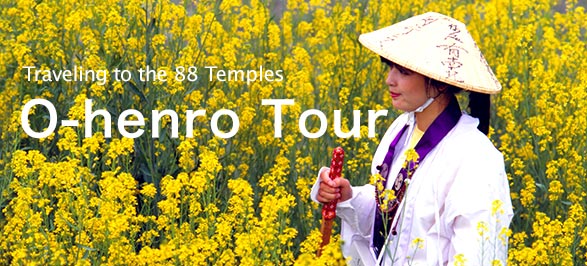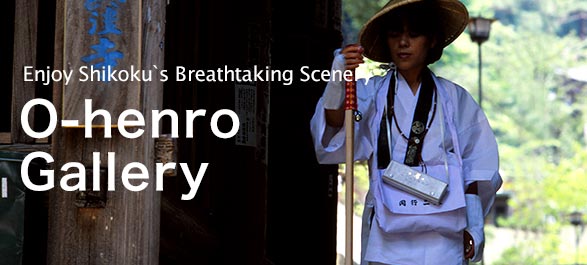OHENRO
What’s Ohenro ?
What is O-henro?
Tour the Shikoku 88 Temples
Traveling Around Shikoku
on the
O-henro
The Shikoku 88 Temple pilgrimage has garnered a lot of press in recent years as both a spiritually and physically rewarding travel adventure.Called "O-henro", it is, at its heart, a Buddhist pilgrimage following in the footsteps of the founder of Japanese Tantric (Shingon) Buddhism,
Kobo Daishi, also called Kukai. Those who take up the white coat and set off on the pilgrimage are called
"O-henrosan".
At just about 1400km, pilgrims use all sorts of transportation to complete their journeys,
from buses to cars, to bicycles and, of course, their own two feet.
Shikoku consists of four prefectures and each has its own pilgrimage name:
Tokushima (1-23) is Hosshin (‘spiritual experience’), Kochi (24-39) is Shugyo (‘training’), Ehime (40-65) is Bosatsu (‘Bodhisattva’) and Kagawa (66-88) is Nehan (‘Nirvana’).
Visit all sites and the pilgrimage is complete.
The pilgrims wear a sedge hat (suge-kasa), and on it are inscribed the words ‘dogyo-ninin’ (two people at the same task).
This means that the monks who established the pilgrimage are always with you.
*Kobo Daishi ・・・Born in Kagawa Prefecture in what is now the city of Zentsuji in the year 774.
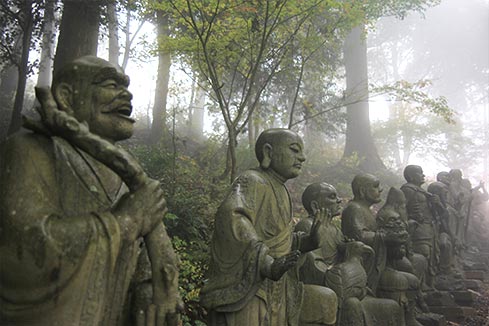
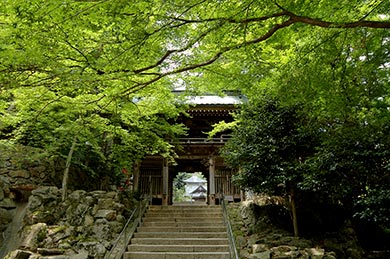
-
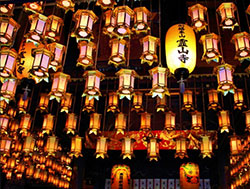
How to Take the Pilgrimage
One can start the pilgrimage from any temple, but most pilgrims begin with first stop and continue along in order.Some people also start from Temple 88 and work their way around in the opposite order; it is said that the spiritual benefit is three times greater if the pilgrimage is undertaken this way.
-
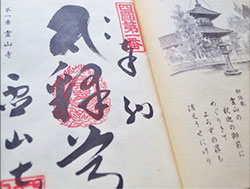
How to Approach the Pilgrimage
In recent years, a popular way to go about completing the Shikoku 88 is "block visiting". Pilgrims decide a length of time and area they are going to, and then they complete different sections of the pilgrimage at different times, breaking up the 88 into smaller increments. Many people cannot spend the month or two it would take to complete the pilgrimage all in one go, so many people use long weekends or vacation time to do what they can while they can.
-
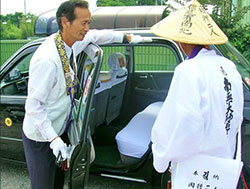
Transportation
Transportation for O-henrosan includes buses, bicycles, and special taxis. Considering fitness level and overall health is important when choosing how to do the pilgrimage, and while many O-henrosan do walk the whole thing, many others still use a combination of transport styles. The important thing is the journey itself, not necessarily how it is taken.
-
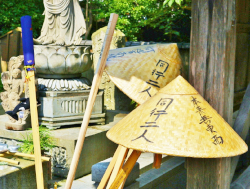
Style
Though of course pilgrims can wear whatever they like on their journey, the traditional outfit of the O-henrosan is the white "hakui" vest or jacket, with a "sugegasa" straw hat and the "kongo-zue" staff. This reminds O-henrosan of their sacred task and also signifies their status to others. Many O-henrosan personalize their attire, and including traditional elements means that many local people will want to interact with and help you. Do what feels right for you!
Map
O-henro Map
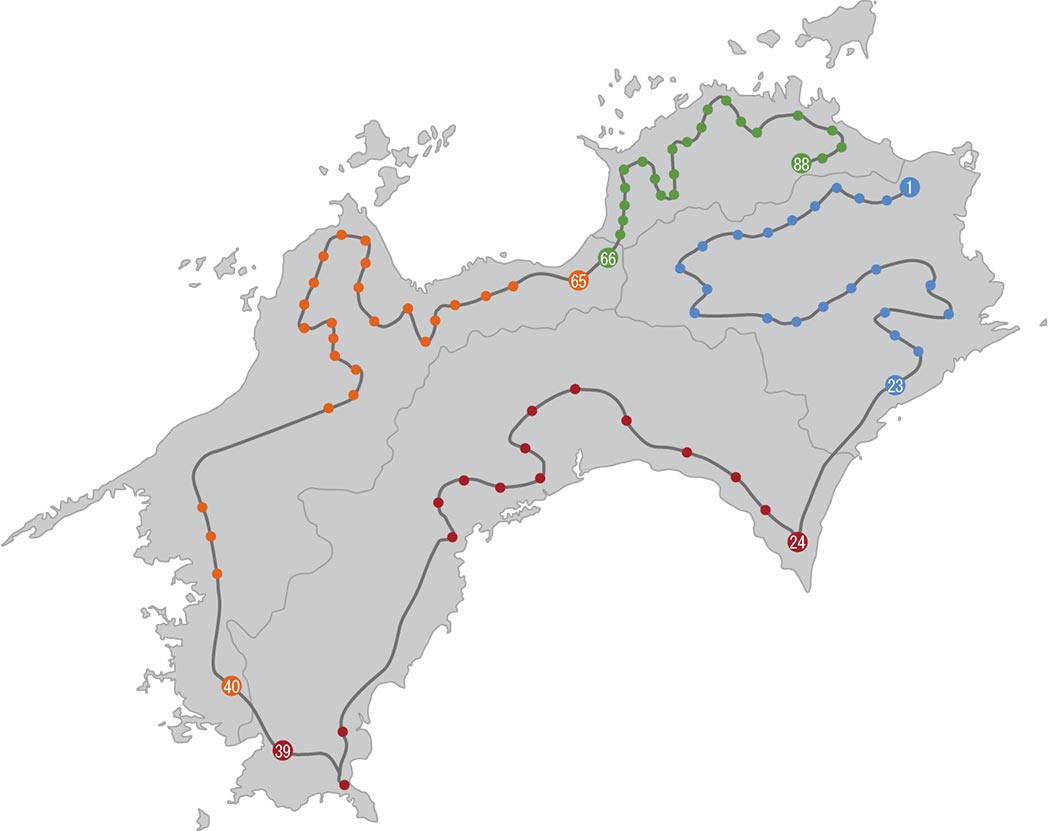
Tokushima Prefecture
- 1Temple 1 Ryozenji
- 2Temple 2 Gokurakuji
- 3Temple 3 Konsenji
- 4Temple 4 Dainichiji
- 5Temple 5 Jizoji
- 6Temple 6 Anrakuji
- 7Temple 7 Jurakuji
- 8Temple 8 Kumadaniji
- 9Temple 9 Horinji
- 10Temple 10 Kirihataji
- 11Temple 11 Fujiidera
- 12Temple 12 Shosanji
- 13Temple 13 Dainichiji
- 14Temple 14 Jorakuji
- 15Temple 15 Kokubunji
- 16Temple 16 Kannonji
- 17Temple 17 Idoji
- 18Temple 18 Onzanji
- 19Temple 19 Tatsueji
- 20Temple 20 Kakurinji
- 21Temple 21 Tairyuji
- 22Temple 22 Byodoji
- 23Temple 23 Yakuoji
Kochi Prefecture
- 24Temple 24 Hotsumisakiji
- 25Temple 25 Shinshoji
- 26Temple 26 Kongochoji
- 27Temple 27 Konomineji
- 28Temple 28 Dainichiji
- 29Temple 29 Kokubunji
- 30Temple 30 Zenrakuji
- 31Temple 31 Chikurinji
- 32Temple 32 Zenjibuji
- 33Temple 33 Sekkeiji
- 34Temple 34 Tanemaji
- 35Temple 35 Kiyotakiji
- 36Temple 36 Shoryuji
- 37Temple 37 Iwamotoji
- 38Temple 38 Kongofukuji
- 39Temple 39 Enkoji
Ehime Prefecture
- 40Temple 40 Kanjizaiji
- 41Temple 41 Ryukoji
- 42Temple 42 Butsumokuji
- 43Temple 43 Meisekiji
- 44Temple 44 Taihoji
- 45Temple 45 Iwayaji
- 46Temple 46 Joruriji
- 47Temple 47 Yasakaji
- 48Temple 48 Sairinji
- 49Temple 49 Jodoji
- 50Temple 50 Hantaji
- 51Temple 51 Ishiteji
- 52Temple 52 Taisanji
- 53Temple 53 Enmyoji
- 54Temple 54 Enmeiji
- 55Temple 55 Nankobo
- 56Temple 56 Taisanji
- 57Temple 57 Eifukuji
- 58Temple 58 Senyuji
- 59Temple 59 Kokubunji
- 60Temple 60 Yokomineji
- 61Temple 61 Ko-onji
- 62Temple 62 Kojuji
- 63Temple 63 Kichijoji
- 64Temple 64 Maegamiji
- 65Temple 65 Sankakuji
Kagawa Prefecture
- 66Temple 66 Unpenji
- 67Temple 67 Daikoji
- 68Temple 68 Jinnein
- 69Temple 69 Kannonji
- 70Temple 70 Motoyamaji
- 71Temple 71 Iyadaniji
- 72Temple 72 Mandaraji
- 73Temple 73 Shusshakaji
- 74Temple 74 Kosanji
- 75Temple 75 Zentsuji
- 76Temple 76 Konzoji
- 77Temple 77 Doryuji
- 78Temple 78 Goshoji
- 79Temple 79 Tennoji
- 80Temple 80 Kokubunji
- 81Temple 81 Shiromineji
- 82Temple 82 Negoroji
- 83Temple 83 Ichinomiyaji
- 84Temple 84 Yashimaji
- 85Temple 85 Yakuriji
- 86Temple 86 Shidoji
- 87Temple 87 Nagaoji
- 88Temple 88 Okuboji
Pickup
Temple Highlights
-
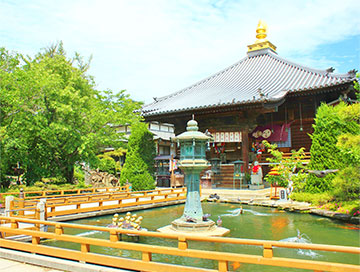 1
Tokushima Prefecture Temple 1 Ryozenji
1
Tokushima Prefecture Temple 1 Ryozenji
Temple 1, Ryozenji, is affectionately known as "Ichiban-san". It is usually quite busy and full of pilgrims getting ready to start their journeys. Many stores selling O-henro goods surround Ryozenji, so it is a veritable one-stop shop for all pilgrims could possibly need to get their best foot forward.
-
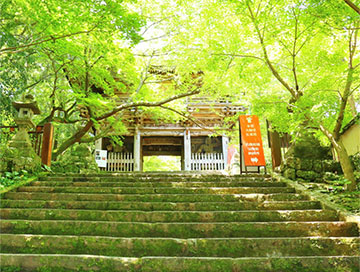 31
Kochi Prefecture Temple 31 Chikurinji
31
Kochi Prefecture Temple 31 Chikurinji
A gorgeous location where you can view all of Kochi City`s urban area and Urado Bay. In the Edo Period (1603~1868), it was said to be the center of Tosa culture as a temple school. Chikurinji`s gardens are nationally recognized, and the Buddhist icons in the Treasure House have all been designated Important Cultural Properties.
-
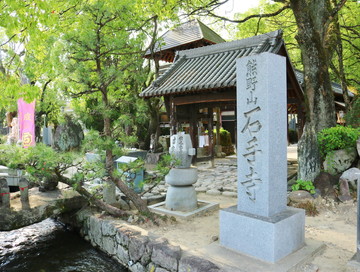 51
Ehime Prefecture Temple 51 Ishiteji
51
Ehime Prefecture Temple 51 Ishiteji
As it is also close to the world-famous Dogo Onsen, Ishiteji is popular not only with O-henrosan but also tourists. It is a bustling place with many shops along the temple`s path. The Nio Gate is designated a National Cultural Treasure, and the main temple, pagoda, Goma-do Hall, as well as the belfry with its bell have all been desginated Important Cultural Properties.
-
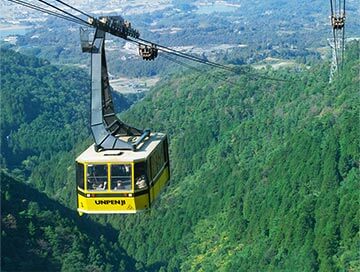 66
Kagawa Prefecture Temple 66 Unpenji
66
Kagawa Prefecture Temple 66 Unpenji
Temple 66, Unpenji, is 2,600 meters above sea level. It boasts Japan`s most advanced ropeway, which starts from the foot of the mountain and and goes to the peak at a brisk clip of 10 meters per second, covering a distance of 660 meters. It is well worth the visit even if you are not doing the pilgrimage, and is a very popular local attraction.
-
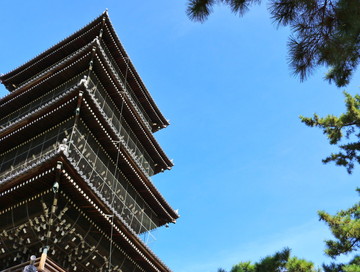 75
Kagawa Prefecture Temple 75 Zentsuji
75
Kagawa Prefecture Temple 75 Zentsuji
Zentsuji is the home of the Zentsuji sect of Shingon (Tantric) Buddhism. It is also Temple 75 of the pilgrimage. It shares the spotlight with Mount Koya of Wakayama Prefecture and Kyoto`s Touji Temple as the three sacred sites of Kobo Daishi, who was born in what is now Zentsuji City.
-
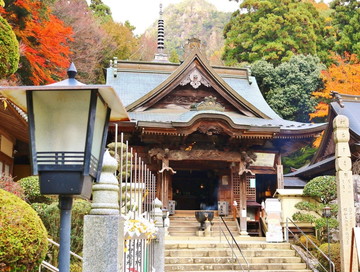 88
Kagawa Prefecture Temple 88 Okuboji
88
Kagawa Prefecture Temple 88 Okuboji
The last temple, Okuboji. Under the Daishi-do there is a short course where you can "visit" all 88 temples, and it is said those who complete the course can receive the same spiritual benefits as the actual pilgrimage. O-henrosan can also offer their kongo-zue staff and sugegasa hat at Okuboji, and they will be laid to rest in a ceremony to commemorate the end of the O-henrosan`s long journey.

